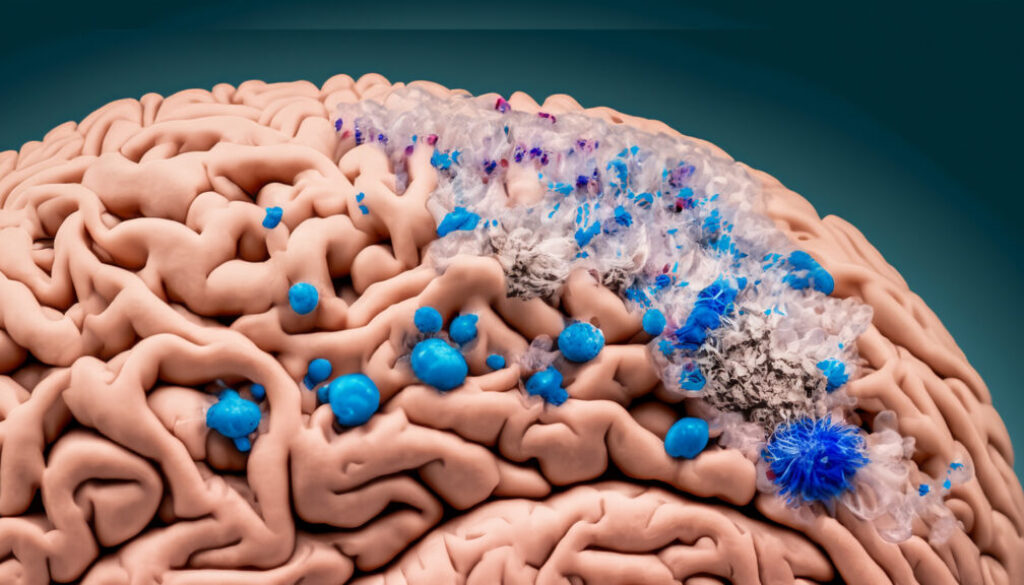[EDITOR NOTE: sewage sludge applied on farmlands is the predominant source of microplastics in the environment and crop plants are taking up microplastics.] 
by Douglas Main
A growing body of scientific evidence shows that microplastics are accumulating in critical human organs, including the brain, alarming findings that highlight a need for more urgent actions to rein in plastic pollution, researchers say.
Different studies have detected tiny shards and specks of plastics in human lungs, placentas, reproductive organs, livers, kidneys, knee and elbow joints, blood vessels, and bone marrow.
Given the research findings, “it is now imperative to declare a global emergency” to deal with plastic pollution, said Sedat Gündoğdu, who studies microplastics at Cukurova University in Turkey.
Humans are exposed to microplastics – defined as fragments smaller than five millimeters in length – and the chemicals used to make plastics from widespread plastic pollution in air, water, and even food.



